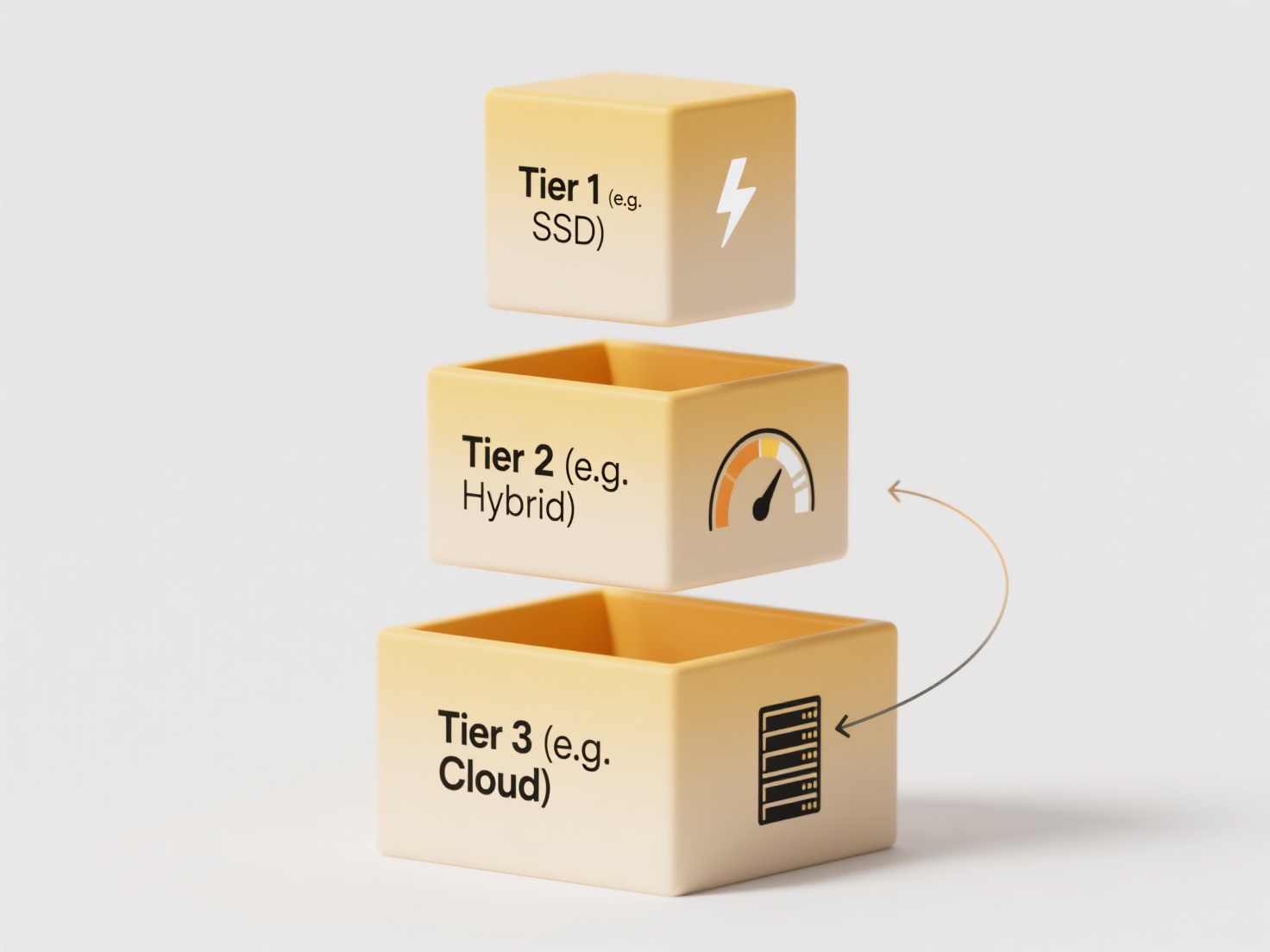
Yes, you can and often should rename files for accessibility, specifically to aid users relying on screen readers. Accessibility in this context means making digital information usable for people with disabilities. Descriptive file names provide crucial context that generic names like "document1.pdf" or "IMG_1234.jpg" lack. Screen readers announce these names verbatim; a clear, meaningful name gives immediate understanding without requiring the user to open the file first. This is different from relying solely on folder structures or embedded metadata, which might not be as readily announced.

For example, instead of "report_final.docx", renaming it to "Q3_Sales_Summary_Report_Oct2023.docx" immediately conveys content and date. Similarly, changing "scan0001.jpg" to "Employee_Signed_Consent_Form_JSmith.jpg" provides clear information about the document's purpose and subject. This practice is essential in document management systems, email attachments shared in professional settings (like business or education), and any digital repository where users need to identify and locate files efficiently.
Advantages include significantly improved efficiency and independence for screen reader users, compliance with accessibility standards (like WCAG), and better organization for all users. A key limitation is imposing practical constraints (e.g., character limits in certain systems). Ethically, it promotes equitable digital access. As automated tools for metadata extraction and naming improve, the practice is becoming easier to implement widely.
Can I rename files for accessibility (e.g., screen readers)?
Yes, you can and often should rename files for accessibility, specifically to aid users relying on screen readers. Accessibility in this context means making digital information usable for people with disabilities. Descriptive file names provide crucial context that generic names like "document1.pdf" or "IMG_1234.jpg" lack. Screen readers announce these names verbatim; a clear, meaningful name gives immediate understanding without requiring the user to open the file first. This is different from relying solely on folder structures or embedded metadata, which might not be as readily announced.

For example, instead of "report_final.docx", renaming it to "Q3_Sales_Summary_Report_Oct2023.docx" immediately conveys content and date. Similarly, changing "scan0001.jpg" to "Employee_Signed_Consent_Form_JSmith.jpg" provides clear information about the document's purpose and subject. This practice is essential in document management systems, email attachments shared in professional settings (like business or education), and any digital repository where users need to identify and locate files efficiently.
Advantages include significantly improved efficiency and independence for screen reader users, compliance with accessibility standards (like WCAG), and better organization for all users. A key limitation is imposing practical constraints (e.g., character limits in certain systems). Ethically, it promotes equitable digital access. As automated tools for metadata extraction and naming improve, the practice is becoming easier to implement widely.
Quick Article Links
How do I manage seasonal file organization?
Seasonal file organization manages recurring files linked to specific times of year, such as quarterly reports, holiday ...
Can I automate file routing to folders?
Automating file routing to folders refers to setting up rules or using software to automatically move specific files fro...
Why does the app crash only for certain files?
App crashes occurring only with specific files typically stem from compatibility issues rather than fundamental flaws in...